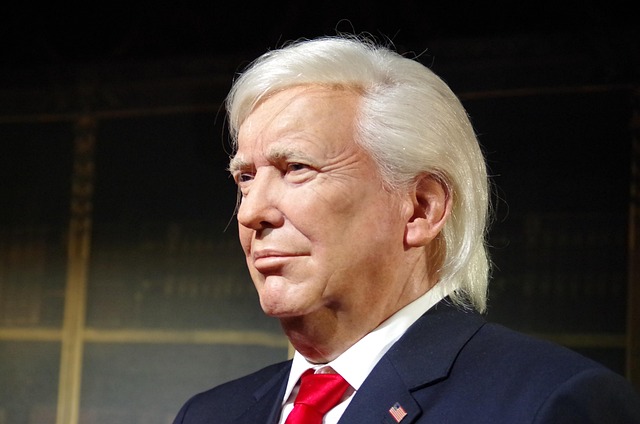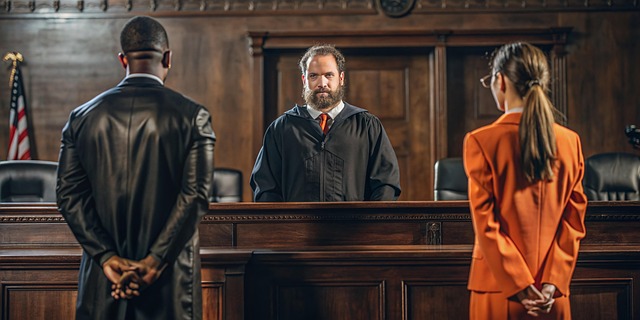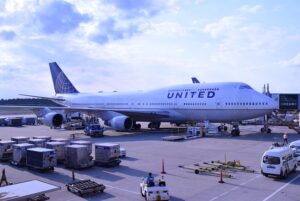Trump vs CPB: The Board Removals Lawsuit and the Battle Over Presidential Authority
Introduction
In 2025, former President Donald Trump attempted to remove three members of the Corporation for Public Broadcasting (CPB) board. This decision triggered a lawsuit that raised questions about presidential authority, public broadcasting independence, and the balance of power under the Constitution. The case quickly became one of the most significant legal battles of the year.
What is the CPB?
The Corporation for Public Broadcasting was created by Congress in 1967. It funds public media such as PBS and NPR. Although it receives federal money, CPB operates as a private nonprofit. Lawmakers wanted it to remain outside direct political control.
Each year, CPB distributes hundreds of millions of dollars to public radio and television stations across the country. Its mission is to support independent, educational, and nonpartisan programming. Because of its role, CPB stands at the intersection of government funding and media independence.
The Removal Attempt
On April 28, 2025, the White House sent termination emails to three CPB board members: Laura Ross, Diane Kaplan, and Thomas Rothman. These members had been nominated or reappointed by the Biden administration. Trump’s team argued that the president had the right to remove them under executive personnel powers.
The very next day, CPB and the dismissed board members filed a lawsuit in federal court. They argued the removals were illegal and violated the organization’s independence.
Early Court Decisions
CPB requested an injunction to block the removals. Judge Randolph D. Moss denied the request in June 2025. He said CPB had not shown enough evidence of irreparable harm or a strong chance of winning. However, the judge did not rule on the main constitutional issues, leaving the lawsuit active.
Meanwhile, the Trump administration asked the court to confirm the dismissals, remove the members officially, and recover any salaries they received after their termination. This set up a direct clash between CPB and the White House.
CPB’s Arguments
-
Congressional intent: Congress created CPB as a private nonprofit to shield it from political pressure. No law gives the president removal power.
-
Violation of the Administrative Procedure Act: The removals lacked due process. No justification or chance to respond was given.
-
Separation of powers: Allowing unilateral removal would undermine CPB’s independence and harm the constitutional balance.
-
Public harm: Sudden leadership changes would disrupt operations and damage public broadcasting.
-
Bylaw changes: After the removals, CPB amended its rules. Now, removing a director requires a two-thirds vote by the board.
Trump Administration’s Arguments
-
Article II powers: The president must control executive officers. Appointment power includes removal power.
-
No legal restriction: Since Congress did not write removal limits into law, the president holds implied authority.
-
De facto actions: Removed members continued acting in office. The administration demanded repayment of salaries and invalidation of their actions.
-
No lasting harm: The government claimed CPB exaggerated the damage. New appointees could restore stability.
Judge’s Observations
Judge Moss denied the injunction but noted that CPB was not a typical government agency. He highlighted Congress’s effort to design it as an independent nonprofit. The court also acknowledged CPB’s bylaw amendment, showing its intent to limit outside interference.
The case is ongoing. Appeals and further motions are expected before any final ruling.
Broader Impact
The lawsuit touches a long-standing debate over presidential removal powers. In 1935, the Supreme Court ruled in Humphrey’s Executor v. United States that Congress could protect independent agencies from arbitrary removal. Some recent cases, however, have given presidents more control.
The CPB case will likely shape this debate. If the court sides with Trump, CPB and similar bodies may become more vulnerable to political influence. If CPB wins, the independence of hybrid organizations will be strengthened.
Possible Outcomes
-
Court supports CPB: Board members keep their seats. Limits on executive removal power are reinforced.
-
Court supports Trump: Presidents gain stronger authority over independent boards. CPB could face direct political control.
-
Settlement or legislation: Congress or CPB could set clearer rules for removals.
-
Appeals: The case may reach the Supreme Court, setting nationwide precedent.
Conclusion
The CPB removals lawsuit is more than a political dispute. It tests the boundaries of executive power, the structure of independent organizations, and the role of Congress in protecting public media.
For Trump, the case is about presidential authority. For CPB, it is about survival as an independent institution. Whatever the outcome, this lawsuit will influence the future of public broadcasting and the balance of power between politics and nonprofit organizations in America.














Post Comment